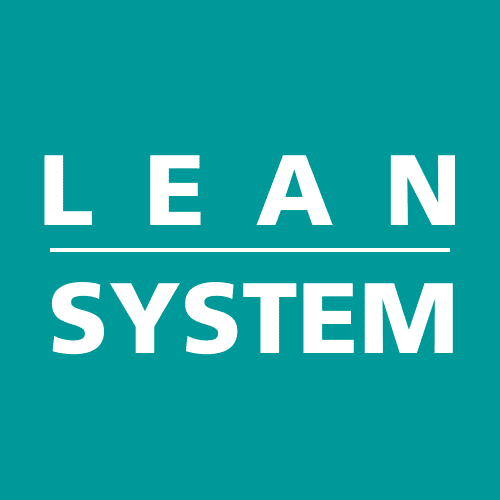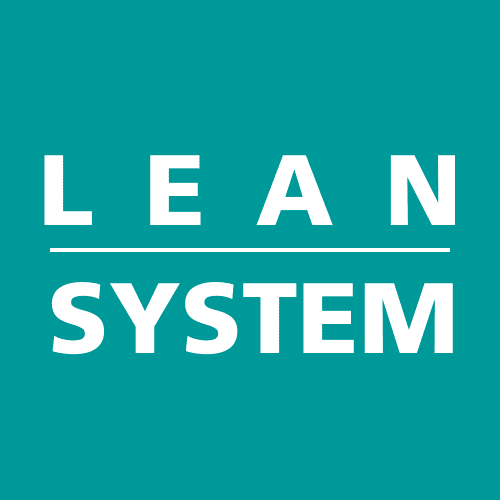In today's fast-paced business environment, ensuring the safety and health of employees is a top priority for organizations. ISO 45001, the international standard for occupational health and safety management, provides a framework for organizations to manage their health and safety responsibilities effectively. Clause 5 of ISO 45001 focuses on the critical elements of leadership commitment and worker participation in enhancing occupational health and safety management.
Effective leadership is key to the success of any initiative, and ISO 45001 recognizes this with Clause 5. Top management involvement and consultation are essential to ensure that health and safety policies and objectives are established and implemented throughout the organization. At the same time, worker participation and consultation are crucial for creating a safe and healthy work environment. By involving workers in decision-making processes, organizations can enhance worker engagement and commitment to safety.
In the next sections, we will explore the importance of leadership commitment and worker participation in occupational health and safety management in more detail.
Leadership Commitment in ISO 45001
Leadership commitment is a pivotal aspect of ISO 45001, emphasizing the need for top management to provide clear policies, objectives, and resources to support occupational health and safety. Effective leadership plays a critical role in ensuring the implementation of safety measures throughout the organization.
According to Clause 5.1 of ISO 45001, top management should demonstrate visible and active involvement in the development, implementation, and improvement of the OH&S management system. This includes regular reviews of the system's performance, ensuring that the occupational safety and health objectives are compatible with the overall strategic direction of the organization.
Leadership commitment also involves providing the necessary resources for the effective implementation of the OH&S management system. This includes ensuring that the organization has the necessary personnel, infrastructure, and equipment to ensure the safety and well-being of employees.
https://www.youtube.com/watch?v=oaVKnUOzPrg
"The leadership's commitment and involvement in safety management is essential for building a safety culture within the organization."
The key to successful leadership commitment is a dedication to building a culture of safety where employees prioritize safe work practices and are empowered to raise safety concerns. By demonstrating their commitment and involvement, top management can inspire workers to be more proactive about safety and build a strong safety culture within the organization.
Worker Participation and Consultation
Worker participation and consultation are essential elements of effective occupational health and safety management. Consultation refers to the process of seeking opinions and input from workers on matters that affect their health and safety, while worker participation refers to workers taking an active role in the decision-making process.
ISO 45001 requires organizations to establish mechanisms for worker participation and consultation. This includes providing workers with access to relevant information, training, and resources to enable them to participate effectively. Workers should also be encouraged to report hazards and incidents and be involved in risk assessments and the development of control measures.
Worker representatives play a critical role in facilitating effective communication between workers and management. They can represent the interests of workers in discussions and negotiations related to health and safety and provide feedback on the effectiveness of control measures. Worker representatives can also help to ensure that workers are informed and consulted on all matters that affect their health and safety.
| Benefits of Worker Participation and Consultation | Examples of Worker Participation and Consultation Mechanisms |
|---|---|
| Increases worker engagement and commitment to safety | Regular safety meetings |
| Identifies hazards and risks that may be overlooked by management | Worker-led safety inspections |
| Improves the effectiveness of control measures | Worker feedback on the effectiveness of control measures |
| Enhances worker satisfaction and well-being | Participation in developing safety policies and procedures |
Implementing effective worker participation and consultation mechanisms can lead to a range of benefits for organizations. Workers who feel valued and respected are more likely to be engaged and motivated to contribute to a positive safety culture. This can lead to improved safety outcomes, increased worker satisfaction, and enhanced overall organizational performance.

Conclusion
The significance of occupational health and safety management in organizations cannot be overstated. The implementation of ISO 45001 enhances safety outcomes and promotes the welfare of workers. This is achieved through effective leadership commitment and worker participation.
Leadership commitment is vital in providing clear policies and resources to support occupational health and safety. Top management involvement and engagement in the implementation of safety measures throughout the organization is necessary for successful implementation of ISO 45001 standards.
Worker participation and consultation are essential components of ISO 45001. Workers' involvement in decision-making processes related to occupational health and safety can improve safety outcomes and worker satisfaction. The presence of worker representatives and effective communication channels facilitate worker participation and consultation.
Implementing ISO 45001 can lead to improved safety outcomes, increased worker satisfaction, and enhanced overall organizational performance. Leadership commitment and worker participation are critical in achieving such outcomes in any organization.
Therefore, it is essential to prioritize the health and safety of workers by implementing ISO 45001 standards. The standards ensure effective occupational health and safety management, which creates healthier and safer working environments that promote the welfare of workers.
Take Away Points
- ISO 45001 standards prioritize health and safety in organizations
- Effective occupational health and safety management requires leadership commitment and worker participation
- Worker participation and consultation improve safety outcomes and worker satisfaction
- Implementation of ISO 45001 standards leads to improved safety outcomes, increased worker satisfaction, and enhanced overall organizational performance
FAQ
What is ISO 45001?
ISO 45001 is an international standard that provides a framework for occupational health and safety management systems. It helps organizations establish and maintain a systematic approach to improving worker safety and reducing workplace hazards.
What does Clause 5 of ISO 45001 focus on?
Clause 5 of ISO 45001 focuses on leadership commitment and worker participation in occupational health and safety management. It highlights the crucial role of leadership in providing clear policies, objectives, and resources, as well as the importance of worker involvement in decision-making processes.
Why is leadership commitment important in ISO 45001?
Leadership commitment is essential in ISO 45001 because it sets the tone for the organization's occupational health and safety management system. When top management demonstrates active involvement and engagement, it encourages a culture of safety throughout the organization and promotes compliance with safety measures.
What is the role of worker participation and consultation in ISO 45001?
Worker participation and consultation play a vital role in ISO 45001. Involving workers in decision-making processes related to occupational health and safety ensures that their perspectives and expertise are considered. Worker representatives facilitate effective communication between workers and management, enhancing worker engagement and overall safety culture.
What benefits can implementing ISO 45001 bring?
Implementing ISO 45001 can lead to improved safety outcomes, increased worker satisfaction, and enhanced overall organizational performance. By prioritizing leadership commitment and worker participation, organizations can create safer and healthier work environments, reducing accidents, and promoting the well-being of their workforce.

